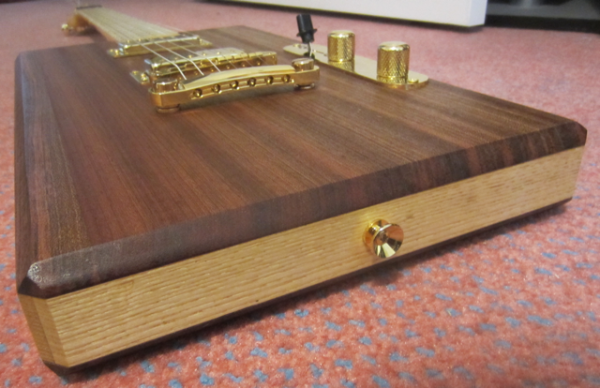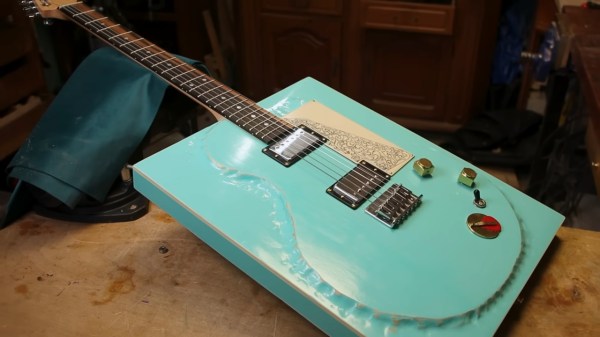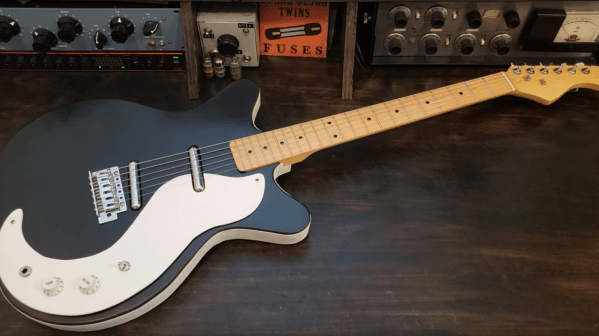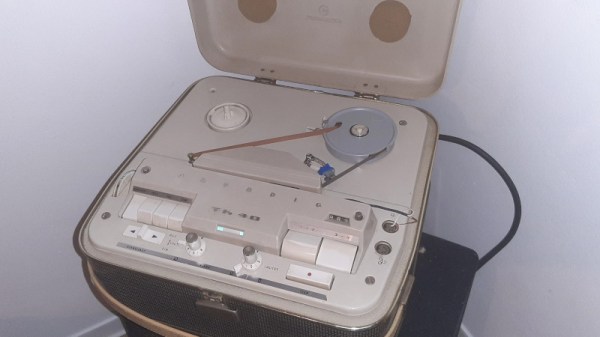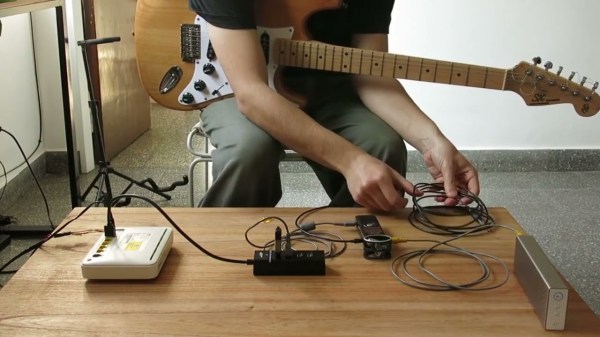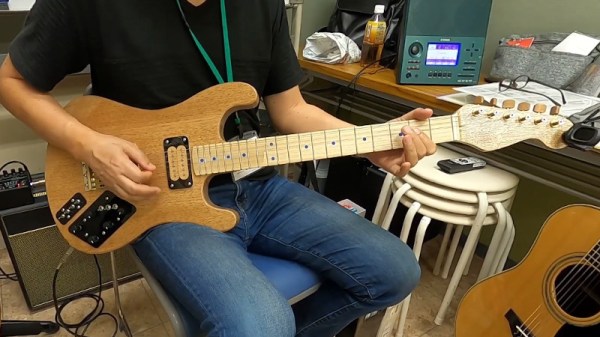One of the greatest things about this place is how y’all constantly feed off of each other. And while this isn’t exactly an example of that, it’s pretty darn close — we feature a square guitar build one day, and get a tip about another way different and perhaps more functional one the next.
[Craig Lindley] had no idea of his luthier powers until an email from StewMac inspired him to build his own guitar. Rather than strip a perfectly good axe or two for all the parts, he bought the hardware and a pre-made neck, and built the body himself. The Bo Diddley-inspired boxy body is an ice cream sandwich of sapele, inlaid with white ash around the perimeter which is quite the classy look. Speaking of looks, [Craig] worried that all-gold hardware would be too flashy, but we think it looks great.
Not hard-mode enough for you? Well, here’s a guitar made from scratch, (more or less). If you’d rather have more of a teaching guitar, behold this LED-laden axe.

